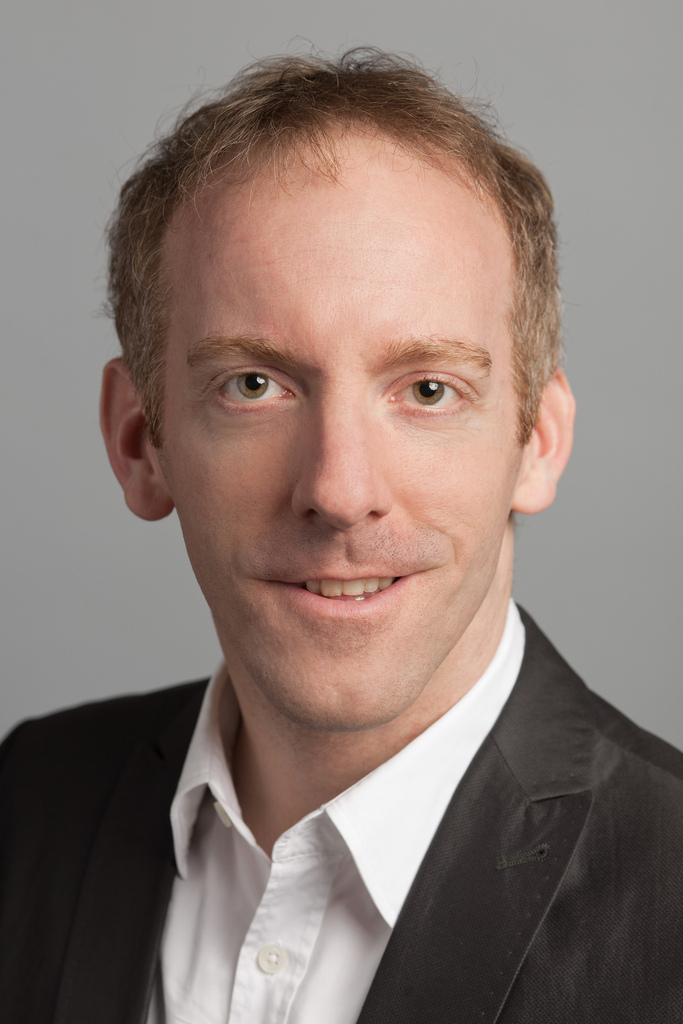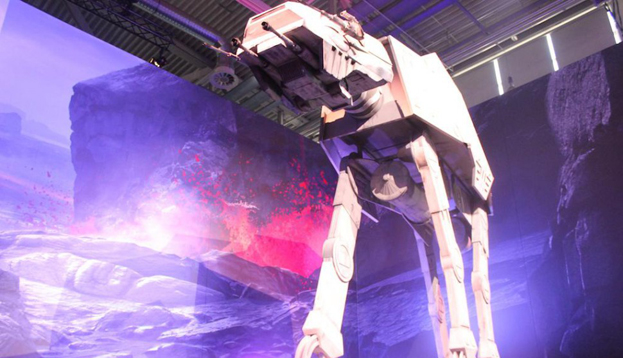A record 345,000 visitors converged on Cologne, the third-largest city in Germany, for the annual Gamescom convention. That’s double the size of San Diego Comic Con, to put things in perspective. Over the course of three days, developers, publishers, analysts and journalists checked out the business area of the show. And then over an overlapping four-day weekend, gamers from across Europe spent hours watching eSports from ESL and Intel Extreme Master, lining up to play new games like Electronic Arts’ Star Wars: Battlefront, and enjoying free concerts in the city center.

I’ve attended this show since it moved from Leipzig in . And the thing I like the most about this show is the separation of crowded consumer convention from the quiet, close-knit business area. It’s so easy to get a lot of work done over the course of three days, and without the clogged arteries of E3 (especially with the consumers added to the mix this year). I caught up with Tim Endres, project manager at Gamescom, to talk about the world’s biggest video game show.
What type of growth has there been on the business side of Gamescom?
We had a totally new hall layout for Gamescom because of how much growth we’re seeing in that area. We increased the number of exhibitors the business area and spread it across three halls with an additional 4,000 square meters of space compared to last year. With trade visitors we started with 17,000 in 2009 and this year we had 33,200. We also had 6,000 journalists from 66 countries cover the show.
What type of overall growth have you seen?
We started in 2009 with 458 exhibitors and now we have 806, which is an increase of 77 percent. But exhibitors from abroad has increased 150 percent. In addition to the new hall in the business area, we added another hall to the entertainment area this year.
Can you explain why Gamescom was held so early this year?
This year it was very early because of the vacation period in Cologne. It fluctuates for different parts of the country so everyone doesn’t go on holiday at the same time. We had 345,000 visitors. If those attendees would have all come just over the weekend, we would have had a problem. That’s why we have to set the dates within the vacation period, so they can come during the week.
Gamescom 2016 will be Aug. 17-21, which is back to the time period of previous shows. Does that mean Sony will be more involved after mostly sitting out this year in favor of Paris Games Week?
Correct. Next year Gamescom is two weeks later, so there will be more time between E3 and it’s the date industry knows from the Gamescoms before. With Sony we have good interactions with them. We’re negotiating with them about holding a press conference for next year. I can’t say if it will happen for sure, but I’m very confident that we’re in a good position. Sony had the largest booth this year of any previous Gamescom. They understand it’s the leading European show for the games industry.
How does Gamescom work with the fire code and making sure those huge numbers of people are safe?
Koelnmesse is the fourth biggest trade fair venue in the world. We cooperate strongly with the authorities. For the past two years all of the day tickets have sold in advance and it’s sold out Thursday through Sunday. The number of tickets we sell is exactly the number that can fit inside the space we used, which was 193,000 square meters (18 percent more than last year). We also sell afternoon tickets, but only if someone leaves the fair at 1 p.m. We always know how many people are in the fair ground.
How much room for growth is there at the convention center?
The maximum capacity is 294,00 square meters total, and we used 193,000 square meters this year. There’s more capacity for future growth. We did hear from feedback that the crowd was more comfortable compared to last year even though we had more visitors.
What role do the Gamescom Awards play for the show?
The Gamescom Awards are a special thing. We had a new awards company that worked on it this year. I wasn’t involved in the process or coordination of the judges this year. But any awards given out during the largest show for interactive games has a high importance for trade groups and consumers. One category we had this year, the Gamescom Most Wanted Award, was voted on by consumers and Electronic Arts’ Star Wars Battlefront won.
What can you tell us about next year’s show?
We see much potential for future growth on both the business and visitor side. The attendance numbers are important figures and history shows that those numbers rise year to year. The quality and international aspect of the show are important things. We work on that each year. For now, it’s too early to say what our targets for next year will be. We’ll review this year’s show and talk about new things and discuss what we can do better in the future. We’ll discuss which fields to get better in. But this was the best Gamescom we ever had in terms of figures and quality.
What separates Gamescom from E3 and other shows?
It’s concept. It’s the only show worldwide that has all the target groups from developers, publishers, trade members, and consumers. We have GDC Europe at the start, we have the Gamescom business area for visitors, and the entertainment area where consumers can get their hands on big games for first time. Then we have the City Festival in the heart of the city, whichd you can reach easily on foot. There are three main stages with famous musicians. It’s a unique concept.
What role does eSports play at Gamescom?
We’ve seen a growing eSports presence over the years at Gamescom, as well as throughout Europe. ESL and Intel Extreme Masters (IEM), organized by Turtle Entertainment, had huge stages. And for the first time we had World Cyber Arena, Chinese eSports, on stage. We had three main eSports areas with massive space and massive attendance. And we had smaller areas for games like Call of Duty and Halo. In Germany and Europe, eSports is becoming more important. We want to show what’s happening in the market and to offer what the consumers are looking for.
What role did virtual reality play at Gamescom?
This year virtual reality was one of the main news focuses at Gamescom. We had HTC Vive from Valve. We’ve had Oculus here the last three years. We had Sony Morpheus and Zeiss VR One. Besides the games for the new console platforms, VR was one of the biggest things at Gamescom that the press covered. We’re looking forward to the development of VR. It’s not just interesting for gaming, but for other industries as well. VR shows the future and it’s impact will be felt across other sectors.
Can you talk about the international aspect of Gamescom?
We had 19 pavilions from 18 countries (China had two pavilions). That’s more than ever before. Hall 3.1 offered visitors a good chance to see the variety of game developers from different countries all over the world, including South America, Asia, the U.S., Canada, Italy, and Germany. We had talks with new countries that will come to future shows. There was a high demand for space in that area. We’ll need more space for business in different sectors, as well as for new countries, and individual exhibitors are increasing their space as well. Our partner country was the United Kingdom, so that was the special pavilion this year. The UK is the biggest market in Europe and one of the biggest gaming destinations. The UK brought 50 companies to that pavilion. And the overall number of UK exhibitors at Gamescom this year was 80.
How do you select partner countries?
We work with an advisory board and industry association to discuss which country has a special success story to tell about games development. It’s a place where other countries can learn about that country.

